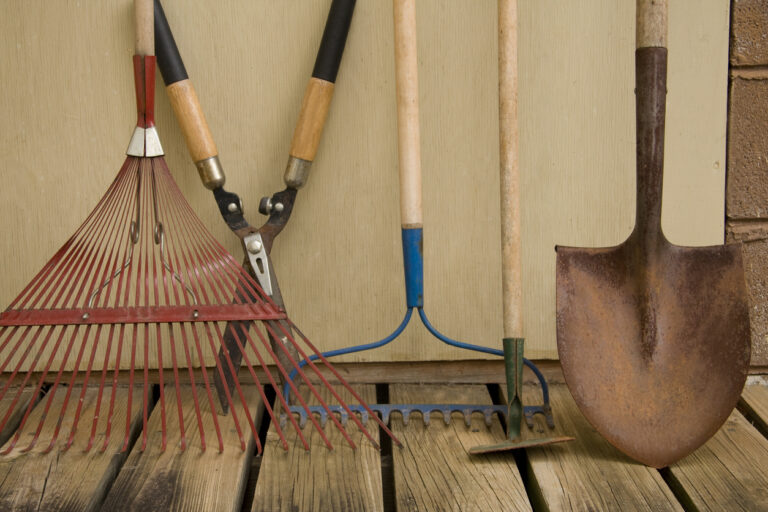Essential Tools for Beginner Gardeners
Welcome to the wonderful world of gardening! If you’re reading this, you’ve likely felt the call of the garden – that primal urge to dig your hands into the soil and watch life blossom under your care. Whether you’re growing a small herb garden on your windowsill or planning to transform your backyard into a lush oasis, having the right tools can make all the difference. Let’s dive into the essential gardening tools for beginners.
Gloves: Your Hands’ Best Friends
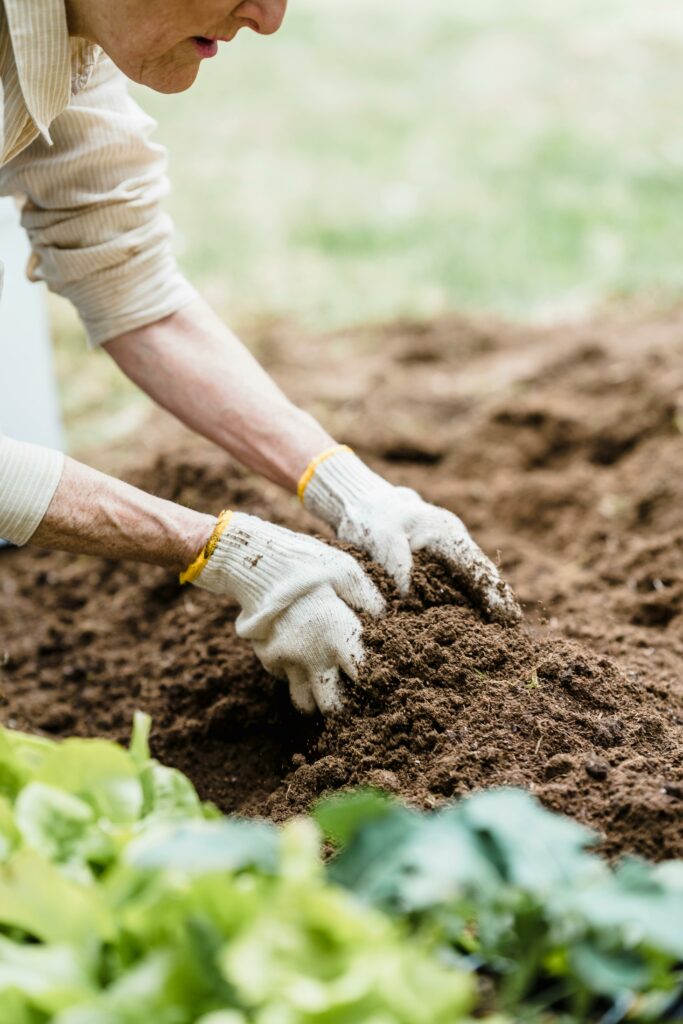
First things first, let’s talk about gloves. Gardening is a hands-on activity, and while it’s tempting to dig right in, protecting your hands is crucial. A good pair of gardening gloves will keep your hands safe from thorns, splinters, and blisters. Look for gloves that are durable yet flexible, providing a snug fit without sacrificing comfort. My personal favorites are gloves made from breathable fabric with reinforced fingertips for extra protection. Gloves are definitely one of the basic gardening tools for beginners.
Hand Trowel: The Versatile Tool
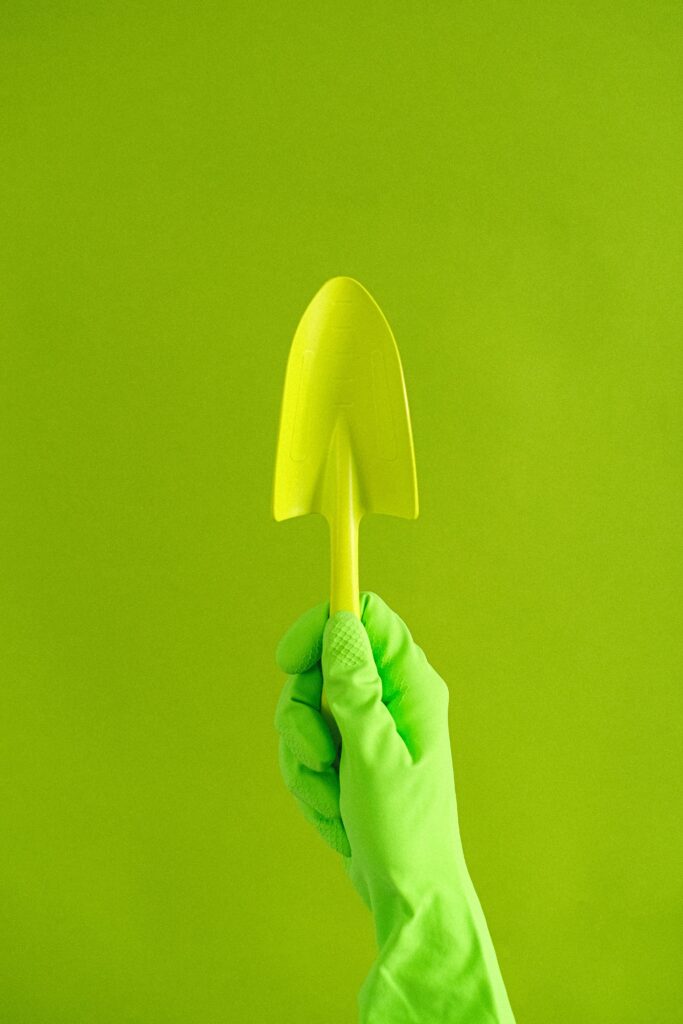
A hand trowel is one of those tools you’ll find yourself reaching for constantly. This small, handheld tool is perfect for digging small holes, transplanting seedlings, and breaking up soil. When choosing a trowel, opt for one with a comfortable grip and a sturdy, rust-resistant blade. Trust me, investing in a good hand trowel will save you a lot of frustration down the line. It’s another of the essential gardening tools for beginners.
Pruning Shears: For Precision Cuts
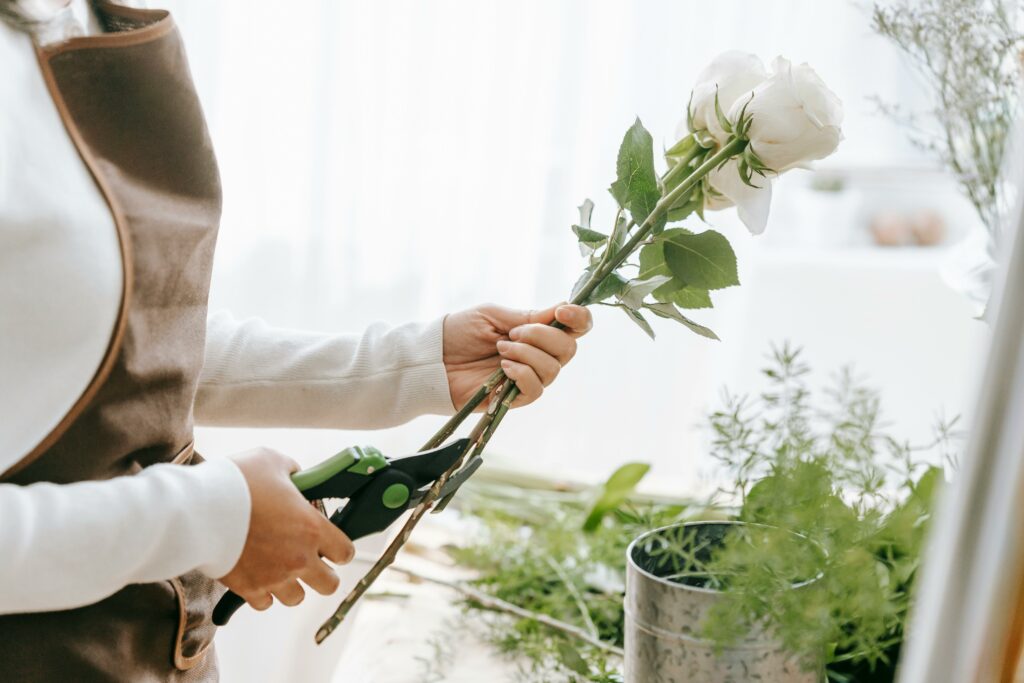
Pruning shears, or secateurs, are essential for keeping your plants healthy and well-groomed. They’re used for trimming branches, cutting back overgrown plants, and harvesting fruits and vegetables. Look for shears with sharp, clean-cutting blades and ergonomic handles to reduce hand fatigue. A good pair of pruning shears can make all the difference in maintaining the beauty and health of your garden. Pruning shears are among the beginner gardening tools.
Watering Can: A Gardener’s Staple
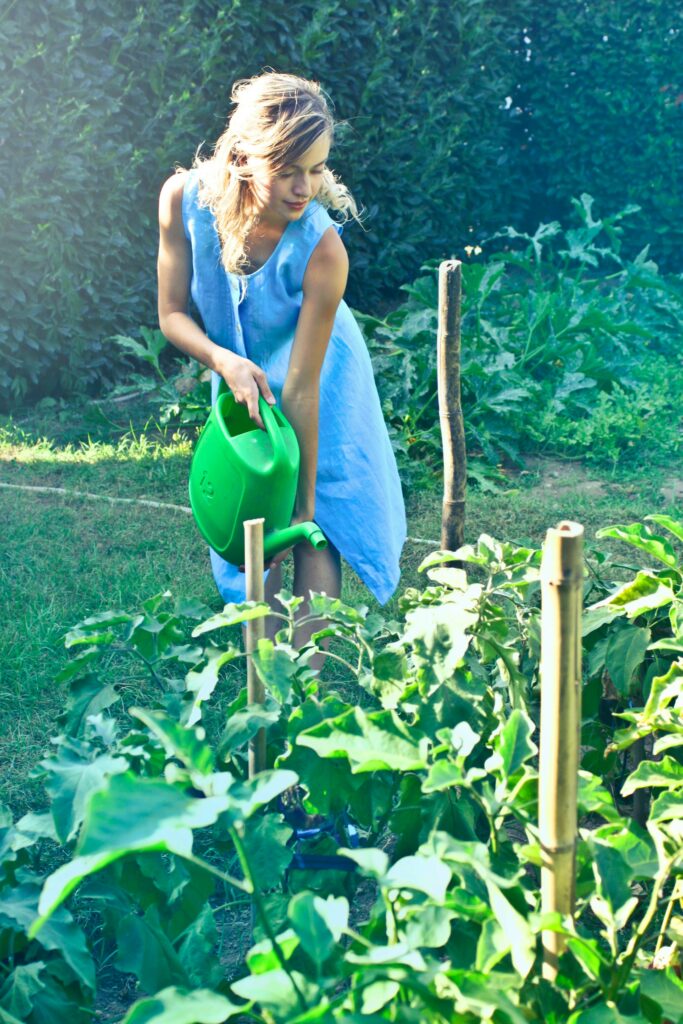
Water is the lifeblood of your garden, and having a good watering can is essential for ensuring your plants get the hydration they need. Choose a watering can with a long spout for precise watering and a detachable rose (the sprinkler attachment) for gentle showers. For indoor plants or small gardens, a smaller can will suffice, but for larger gardens, consider a bigger can to minimize trips back and forth to the water source.
Garden Fork: For Turning and Aerating Soil
A garden fork is a must-have for turning and aerating your soil, which is essential for healthy plant growth. This tool helps break up compacted soil, remove weeds, and mix in compost or fertilizer. When selecting a garden fork, look for one with strong, sturdy tines and a comfortable handle. A well-made garden fork will make the task of preparing your soil much easier and more efficient. A garden fork is undoubtedly one of the must-have gardening tools for new gardeners.
Garden Hoe: For Weeding and Shaping
A garden hoe is perfect for weeding, shaping soil, and creating furrows for planting seeds. There are several types of hoes, but for beginners, a basic draw hoe with a flat blade is versatile and easy to use. Make sure the hoe you choose has a comfortable handle and is made from durable materials. Regularly hoeing your garden beds will keep weeds at bay and help your plants thrive. A garden hoe is another of the essential gardening tools for beginners.
Rake: For a Smooth Finish
Rakes are essential for clearing leaves, leveling soil, and spreading mulch. There are two main types of rakes: leaf rakes and garden rakes. A leaf rake is lightweight and ideal for gathering leaves and debris, while a garden rake is sturdier, with short tines for leveling and grading soil. As a beginner, you might find it useful to have both types on hand for different tasks around the garden.
Garden Kneeler: Save Your Knees
Gardening often involves a lot of kneeling, which can take a toll on your knees. A garden kneeler or pad provides cushioning and support, making your gardening experience more comfortable. Some kneelers also double as seats, giving you a place to sit while working on low-level tasks. Your knees will thank you for this investment, especially after long hours in the garden.
Hose with Adjustable Nozzle: For Flexible Watering
If you’re tending a larger garden, a hose with an adjustable nozzle is indispensable. This setup allows you to control the water pressure and spray pattern, making it easy to water different types of plants with varying needs. Look for a hose that’s long enough to reach all corners of your garden and a nozzle that’s comfortable to hold and adjust. This tool will help you water efficiently and effectively.
Wheelbarrow: For Heavy Lifting
A wheelbarrow is incredibly useful for transporting soil, compost, plants, and other materials around your garden. It saves you from making multiple trips and spares your back from heavy lifting. When choosing a wheelbarrow, consider the size and weight, as well as the type of tires – pneumatic tires are great for navigating rough terrain, while solid tires are puncture-proof. A sturdy, well-balanced wheelbarrow will become your trusty companion for many gardening tasks.
Soil Test Kit: Know Your Soil
Understanding the composition of your soil is key to successful gardening. A soil test kit allows you to check the pH and nutrient levels of your soil, helping you make informed decisions about fertilizing and amending it. Regular soil testing ensures your plants get the right nutrients and thrive in their environment. You can find easy-to-use soil test kits at most garden centers or online.
Plant Labels: Keep Things Organized
As a beginner gardener, it’s easy to lose track of what you’ve planted and where. Plant labels help you stay organized by identifying different plants and their specific needs. You can buy ready-made labels or create your own from materials like popsicle sticks or stones. Clearly marking your plants will make it easier to care for them and track their progress.
Compost Bin: Recycle Garden Waste
A compost bin is a great addition to any garden, allowing you to recycle kitchen scraps and garden waste into nutrient-rich compost. Composting reduces waste and provides you with free, organic fertilizer for your plants. There are many types of compost bins available, from simple DIY setups to sophisticated tumblers. Choose one that fits your space and composting needs, and start turning waste into black gold for your garden. For more information on composting, check out this simple guide for beginners.
Conclusion
Embarking on your gardening journey is an exciting and rewarding experience. With these essential gardening tools for beginners, you’ll be well-equipped to tackle a variety of gardening tasks and watch your garden flourish. Remember, gardening is a learning process, and it’s okay to make mistakes along the way. The most important thing is to enjoy the journey and take pride in the fruits (and flowers) of your labor. For more detailed information you can check out the National Gardening Association’s beginner guides. Happy gardening!

